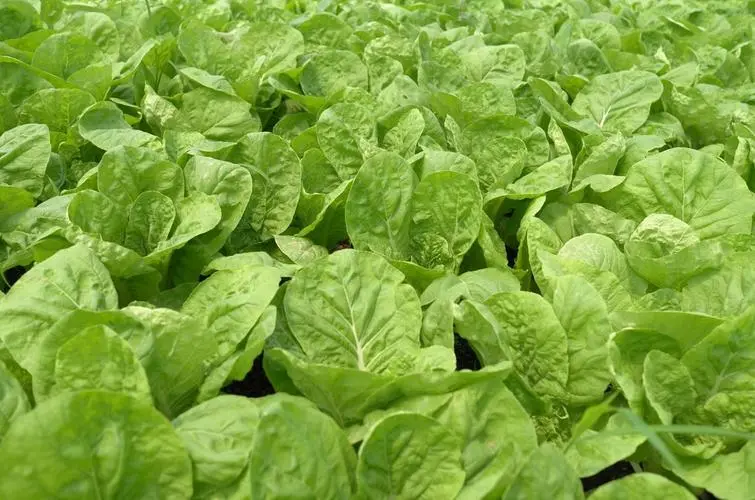Remote sensing technology can objectively, accurately, and timely provide various information about the ecological environment and crop growth of crops. It is an important source of accurate field data and is mainly applied in crop growth monitoring, disaster monitoring, and precise management in our province. Liu Huanjun said that although it is unpredictable, it has made modern agriculture more “intelligent”.
In recent years, the development of high spatial, temporal and Spectral resolution remote sensing technology has provided a valuable opportunity for monitoring agricultural disasters and accelerating the development of smart agriculture. “Traditional disaster monitoring methods can only obtain disaster occurrence information at ‘points’, which is far from meeting the need for large-scale and timely disaster prevention and control in’ areas’. There is an urgent need for large-scale, rapid, dynamic and non-destructive disaster monitoring methods in agricultural production.” Liu Huanjun said that through cooperation with Sunshine Agriculture Mutual insurance, The land remote sensing team of Northeast Agricultural University has realized ten day dynamic and accurate monitoring of agricultural disasters of nearly 80 million mu of cultivated land in our province, specific to the field scale, and has realized the quantitative and scientific settlement of Crop insurance claims. In terms of smart agriculture, traditional methods can only perform grid sampling and conduct precise management and zoning of soil nutrients through extensive testing, which is time-consuming, labor-intensive, and costly. The use of satellite remote sensing technology can obtain the soil nutrients at the field scale, the growth and yield of crops in different periods, and build a rapid and low-cost technology system for accurate management zoning, making it possible to set the timing, positioning, quantitative, and formula management model of Precision agriculture. In addition, relying on space technologies such as remote sensing can provide key technologies for dynamic monitoring and organic certification of green agricultural products, ensuring the transformation of farmers from good planting to good selling.
When it comes to the advantages of Heilongjiang in agricultural remote sensing, Liu Huanjun said that on the one hand, the arable land in Heilongjiang is large and relatively regular. On the other hand, with less clouds and mist, more images can be obtained. Remote sensing technology can not only enable us to achieve precise crop classification and extraction of crop planting structure, but also obtain a series of spatiotemporal data such as temporal and spatial dynamics of crop soil, terrain, climate, etc. At present, the land remote sensing team of Northeast Agricultural University has established an accurate agricultural information service platform based on the Internet plus+remote sensing+Internet of Things, which has realized the quantitative monitoring of crop classification, growth and disasters of provinces, cities, counties, farms and plots, provided farmers with personalized agricultural information services, and also provided a scientific basis for the macro management, agricultural subsidies and disaster relief of the government, civil affairs, finance, agriculture and other departments.
With the increasingly deepening integration of the Internet, the Internet of Things industry, and remote sensing technology, agricultural remote sensing application technology has become inseparable from people’s lives and will inevitably become one of the high-tech industries with huge production capacity value. I also believe that farmers will become the happiest profession in the future. “Liu Huanjun is full of confidence here: There is still a lot of room for exploration in China’s remote sensing industry. In the future, people should continuously utilize various resources and advantages to accelerate the development of remote sensing technology and move towards becoming a strong country in remote sensing


No reply content